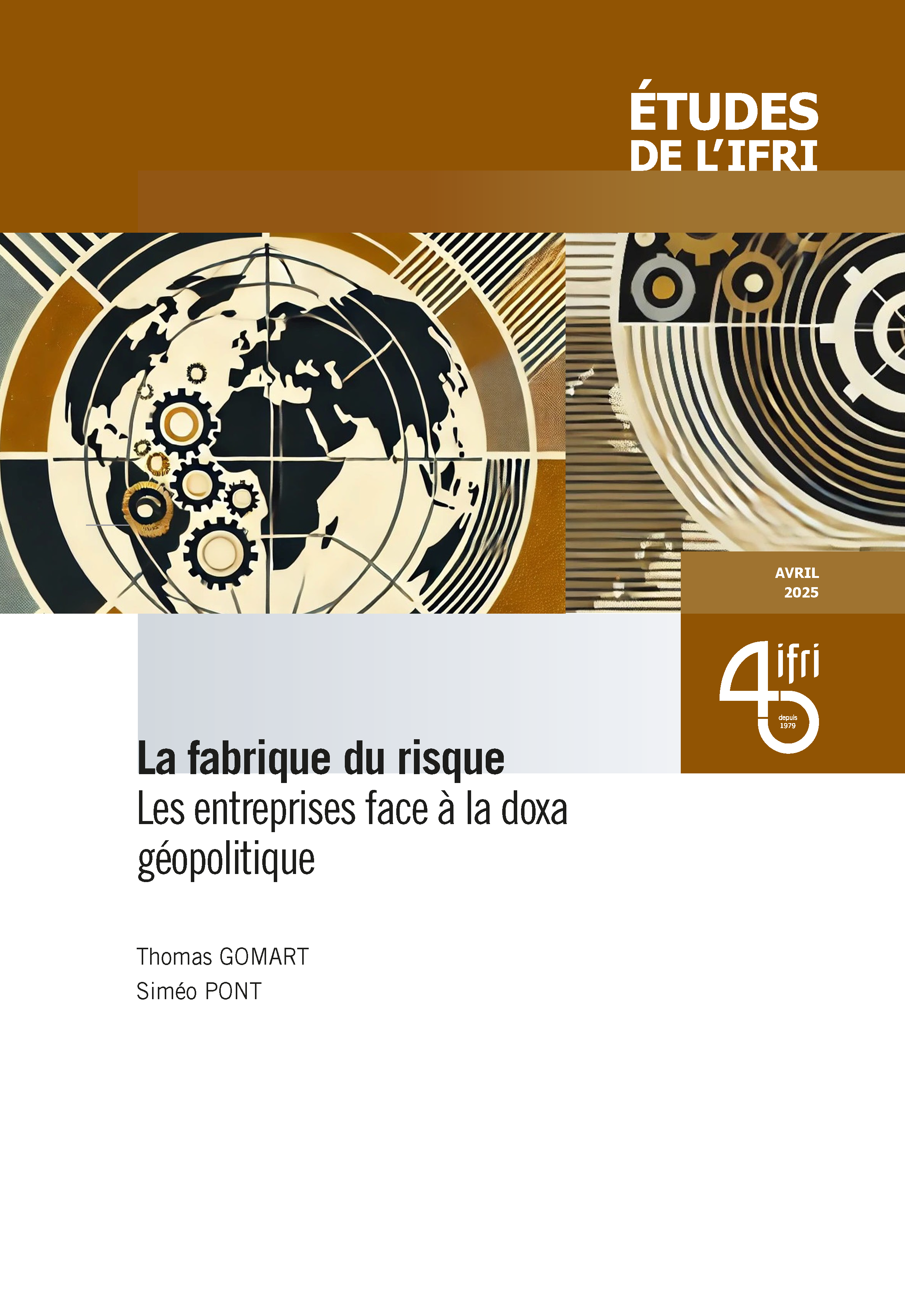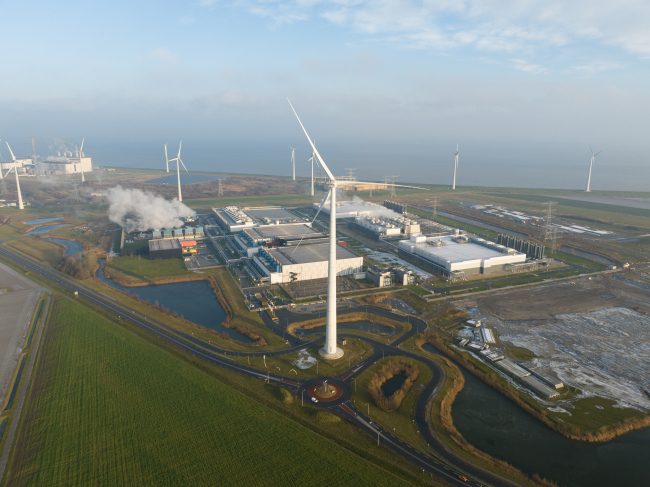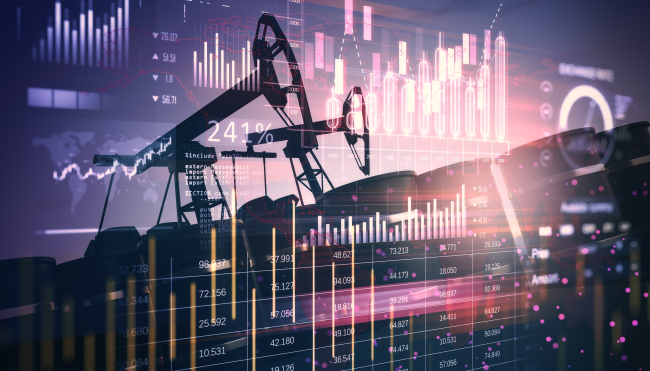Is Natural Gas Green Enough for the Environment and Energy Policies?

Publié par Clingendael International Energy Program (CIEP) et l'Institut français des relations internationales (Ifri)
Climate change policies in line with the objective of transitioning to a lower-carbon world are progressively gaining support amongst policymakers worldwide. In the run-up to the UN Climate Change Conference in December 2015 in Paris, policymakers are intensifying their efforts to agree on a new global framework. The recent agreement between China and the United States and the G-20 meeting in Brisbane in November 2014 underscore these renewed efforts. Because the energy supply sector is the largest contributor to greenhouse gas (GHG) emissions,[1] reworking the current energy supply mix is a priority for policymakers. So far this has resulted mainly in the promotion of low-carbon-emitting energy technologies. However, as part of this strategy, governments are also establishing support schemes for the deployment of renewable energy sources, and in some economies efforts are being made toward higher energy efficiency.
It is widely recognised, at least with regard to existing technologies, that most renewable energy sources in electricity generation need to be backed up by more predictable and stable forms of energy, and fossil fuels often seem to be the unavoidable option. In view of the low-carbon goals mentioned above, it would seem logical that natural gas, as the fuel that produces the most energy per carbon emitted, would be strongly promoted: in combination with investments in renewable energy sources or stand-alone, gas-fired power generation achieves a meaningful reduction in GHG emissions compared to energy mixes that rely mainly on coal, for example.
However, fuel switching for environmental purposes has not yet gained momentum. On the contrary, the last ten years have seen a marked increase in coal-fired generation, which has dwarfed the use of gas-fired generation in some cases and may have even negated the gains from investments in renewable energy. The contribution which gas can make towards reducing global warming by replacing coal in the fuel mix has not been reflected in any firm policies by policymakers.
This paper aims to explain this counter-intuitive development by reviewing the current status of gas as a “clean fuel” in energy policies. It discusses reasons why governments hold back on making gas a centrepiece of their energy policies and examines why the role of coal, the main competitor of gas, has managed to be largely unaffected. The paper concludes with a look at what might lead to a change in the future with regard to the role of gas in a low-carbon economy.
[1] Responsible for 35% of total anthropogenic GHG emissions in 2010, according to IPCC (2014).

Contenu disponible en :
Régions et thématiques
Utilisation
Comment citer cette publicationPartager
Téléchargez l'analyse complète
Cette page ne contient qu'un résumé de notre travail. Si vous souhaitez avoir accès à toutes les informations de notre recherche sur le sujet, vous pouvez télécharger la version complète au format PDF.
Is Natural Gas Green Enough for the Environment and Energy Policies?
Centres et programmes liés
Découvrez nos autres centres et programmes de rechercheEn savoir plus
Découvrir toutes nos analysesIA, centres de données et demande d'énergie : quelles tendances ?
Le secteur des technologies de l’information et de la communication représente aujourd’hui 9 % de la consommation mondiale d’électricité, les centres de données (data centers) 1 à 1,3 % et l’intelligence artificielle (IA) moins de 0,2 %. La demande croissante d’énergie du cloud d’abord, et maintenant de l’IA (10 % de la demande d’électricité des data centers aujourd’hui), a exacerbé cette tendance. À l'avenir, les centres de données à grande échelle gagneront du terrain parmi tous les types de centres de données et l'IA représentera probablement environ 20 % de la demande d'électricité des centres de données d'ici à 2030.
Accélération de la transition énergétique de l’Inde : le défi de la flexibilité des réseaux au cœur des enjeux
L’Inde augmente rapidement sa capacité en énergies renouvelables (EnR), ajoutant 15 à 20 GW par an, mais l’objectif ambitieux de 500 GW de capacité non fossile d’ici 2030 est menacé si le rythme de déploiement des EnR ne s’accélère pas.
Pétrole : incertitudes et perspectives divergentes à moyen et long termes
La crise du marché pétrolier en 2014 a débouché sur une reprise en main du marché par l’Organisation des pays exportateurs de pétrole (OPEP). Celle-ci s’est mise d’accord sur une diminution des quotas de production de tous ses membres, notamment les pays du Moyen-Orient et l’organisation s’est alliée à d’autres producteurs, principalement la Russie, au sein de l’alliance dite « OPEP+ ». Son pouvoir de marché s’est confirmé à l’occasion de la pandémie, après un éclatement temporaire de l’alliance élargie.
France-Allemagne : un sursaut dans l’énergie est indispensable
La France et l’Allemagne doivent surmonter leurs désaccords et travailler ensemble pour limiter les coûts de la transition et renforcer la sécurité énergétique. La complémentarité, plutôt que l’uniformisation des trajectoires, doit être recherchée. Un nouveau départ peut avoir lieu en 2025 à la suite des élections allemandes et implique plus de flexibilité et d’efficacité dans la mise en œuvre des objectifs européens, ainsi que l’ancrage systématique du principe de neutralité technologique.















